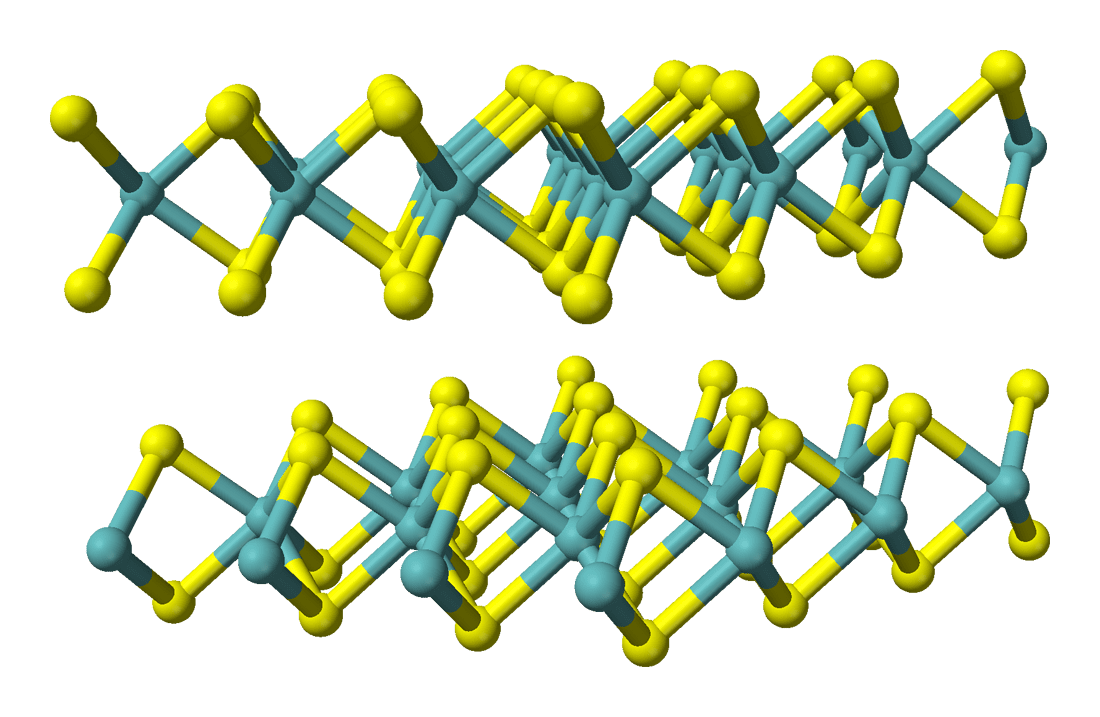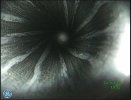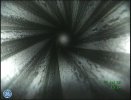I can't see any advantages of appling internal lubrication to rifle bores because any lubricant would be quickly worn off by hot powder burning gas & bullet friction.
I believe that, and WS2 cleans right out (far easier than carbon).
An advantage is in dry pre-fouling, with the first 5 shots being good and normal fouling taking over.
Somehow, WS2 can function as a 'universal' fowling.
If I were to shoot ~25 shots with a given powder, that gun would likely not shoot well with another powder until I've removed the 1st fowling, and refouled with the different powder. But, if I dry prefoul with WS2, I do not need to refoul for any different powder.
Another advantage, if bullets are also coated, is a strong mitigating of copper fouling.
I also like WS2 over other coatings, because it cleans out easy and it does not affect muzzle velocity.
So it's very easy to manage.
If I were to leave my bores uncleaned, in bad environments over time, then I can picture a cost for coating (like corrosion).
But that is never what I do.
If I take a gun out and shoot it once, or not at all, but subject it to bad conditions, then I fully clean it back at the house.
If I take it out of state for a week of hunting, I don't leave the gun in the back of my truck or anything. I treat it as well as my wife.
And when I get back home, I clean it.
Maybe that's why I've never had a problem with it.





